Neural networks
Recent articles
Exclusive: Springer Nature retracts, removes nearly 40 publications that trained neural networks on ‘bonkers’ dataset
The dataset contains images of children’s faces downloaded from websites about autism, which sparked concerns at Springer Nature about consent and reliability.

Exclusive: Springer Nature retracts, removes nearly 40 publications that trained neural networks on ‘bonkers’ dataset
The dataset contains images of children’s faces downloaded from websites about autism, which sparked concerns at Springer Nature about consent and reliability.
What are the most-cited neuroscience papers from the past 30 years?
Highly cited papers reflect the surge in artificial-intelligence research in the field and other technical advances, plus prizewinning work on analgesics, the fusiform face area and ion channels.

What are the most-cited neuroscience papers from the past 30 years?
Highly cited papers reflect the surge in artificial-intelligence research in the field and other technical advances, plus prizewinning work on analgesics, the fusiform face area and ion channels.
Releasing the Hydra with Rafael Yuste
Losing HHMI Investigator status prompted Yuste to study neural networks in a new way.
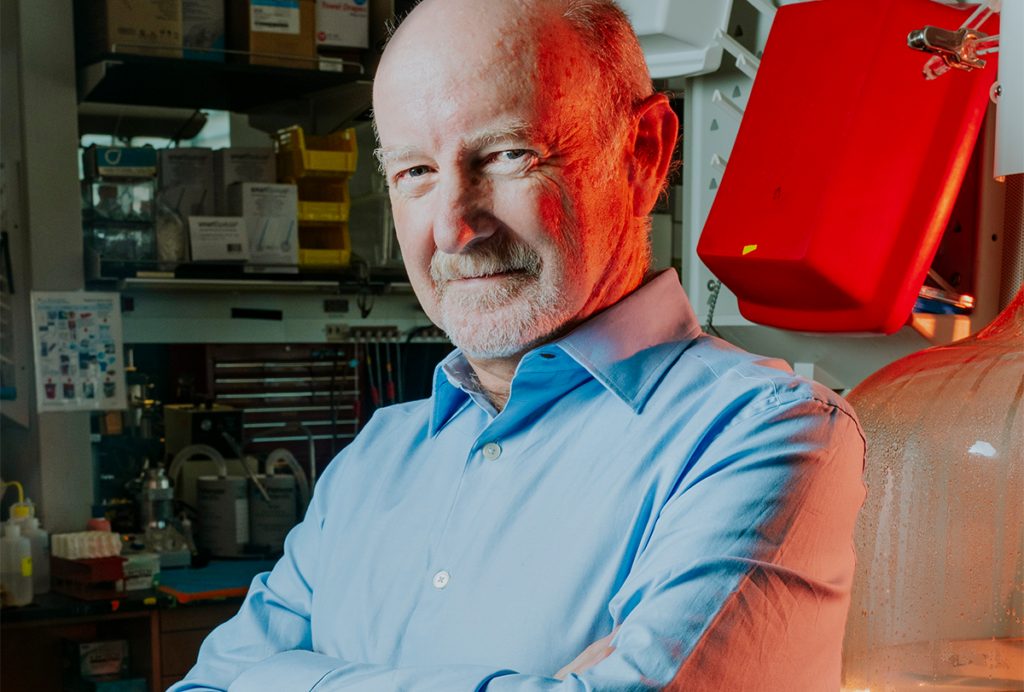
Releasing the Hydra with Rafael Yuste
Losing HHMI Investigator status prompted Yuste to study neural networks in a new way.
2025 Brain Prize honors pair of cancer neuroscientists
Michelle Monje and Frank Winkler share the $1.4 million award for their discovery of synapses between brain cancer cells and neurons.
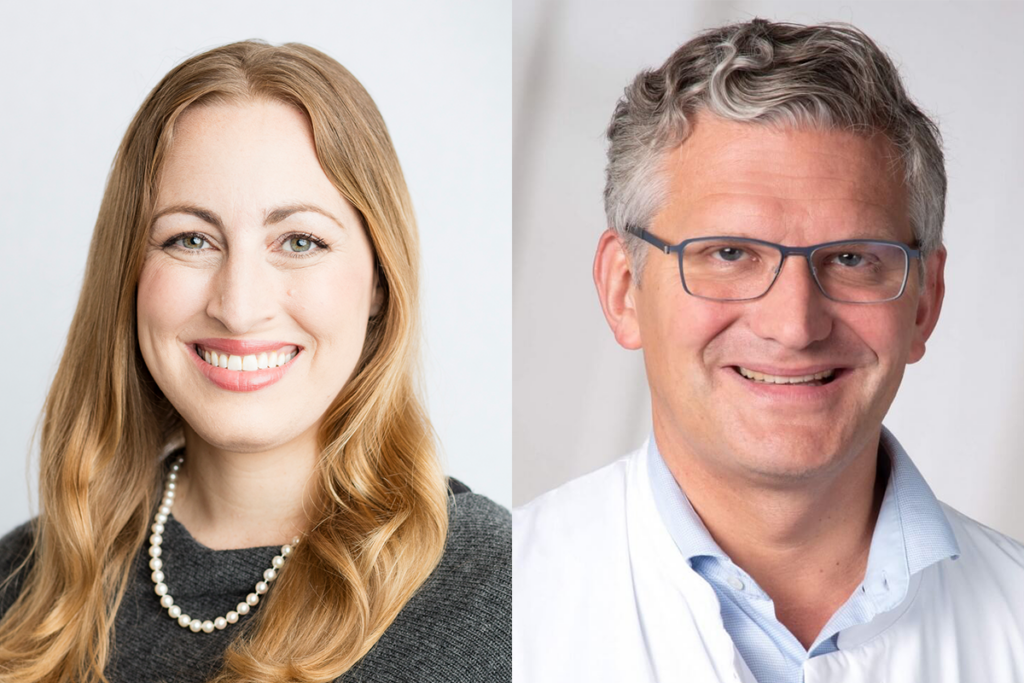
2025 Brain Prize honors pair of cancer neuroscientists
Michelle Monje and Frank Winkler share the $1.4 million award for their discovery of synapses between brain cancer cells and neurons.
Cell ‘fingerprints’ identify distinct cortical networks
These networks align with different assemblages of cells, a finding that could reveal how cellular diversity influences brain function, according to a new study.
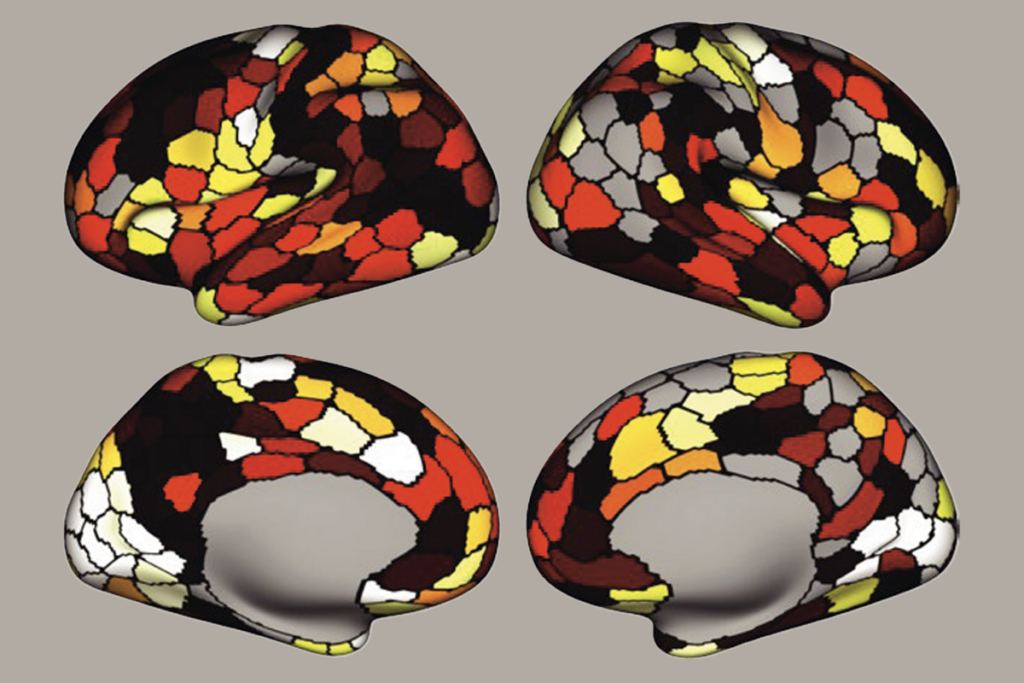
Cell ‘fingerprints’ identify distinct cortical networks
These networks align with different assemblages of cells, a finding that could reveal how cellular diversity influences brain function, according to a new study.
The brain holds no exclusive rights on how to create intelligence
Many of the recent developments underlying the explosive success of artificial intelligence have diverged from using neuroscience as a source of inspiration—and the trend is likely to continue.
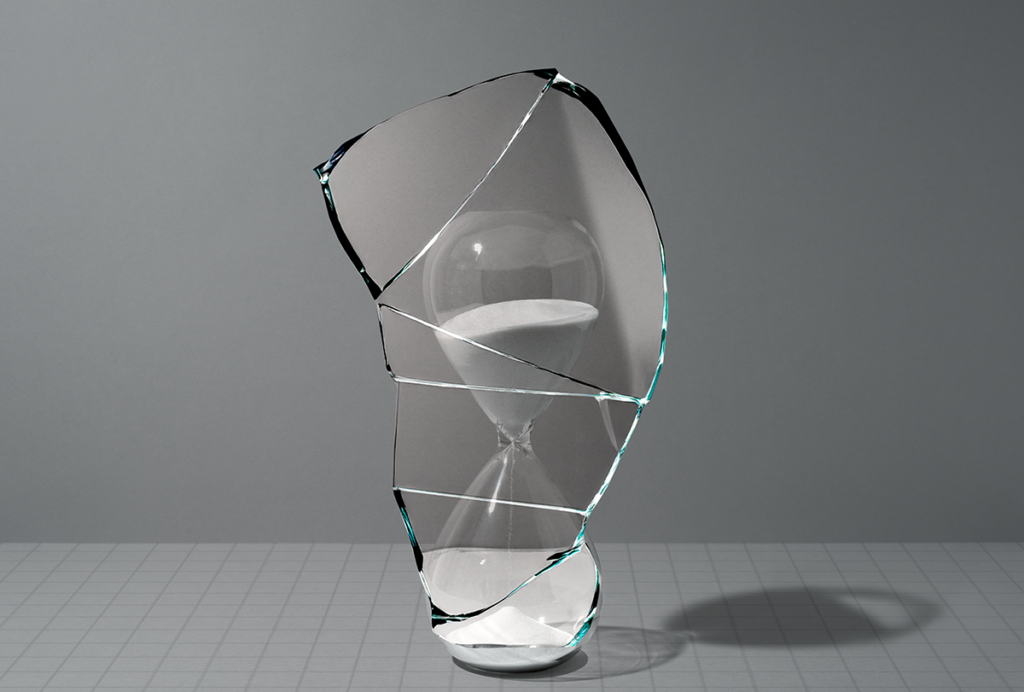
The brain holds no exclusive rights on how to create intelligence
Many of the recent developments underlying the explosive success of artificial intelligence have diverged from using neuroscience as a source of inspiration—and the trend is likely to continue.
This paper changed my life: ‘A massively parallel architecture for a self-organizing neural pattern recognition machine,’ by Carpenter and Grossberg
This paper taught me that we can use mathematical modeling to understand how neural networks are organized—and led me to a doctoral program in the department led by its authors.
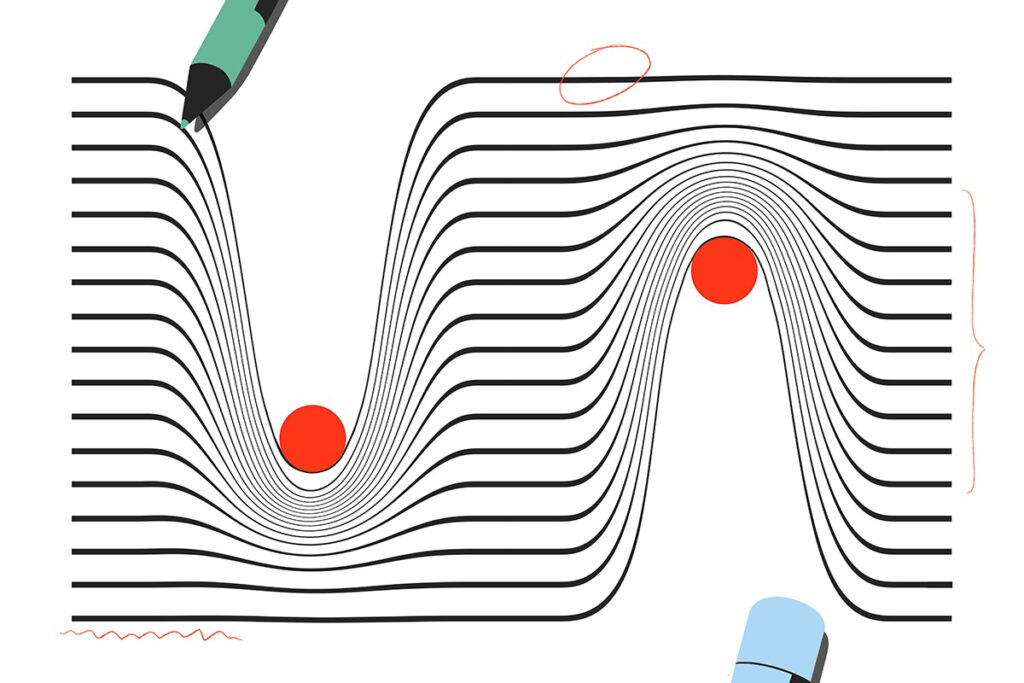
This paper changed my life: ‘A massively parallel architecture for a self-organizing neural pattern recognition machine,’ by Carpenter and Grossberg
This paper taught me that we can use mathematical modeling to understand how neural networks are organized—and led me to a doctoral program in the department led by its authors.
What are recurrent networks doing in the brain?
The cortex is filled with excitatory local synapses, but we know little about their role in brain function. New experimental tools, along with ideas from artificial intelligence, are poised to change that.
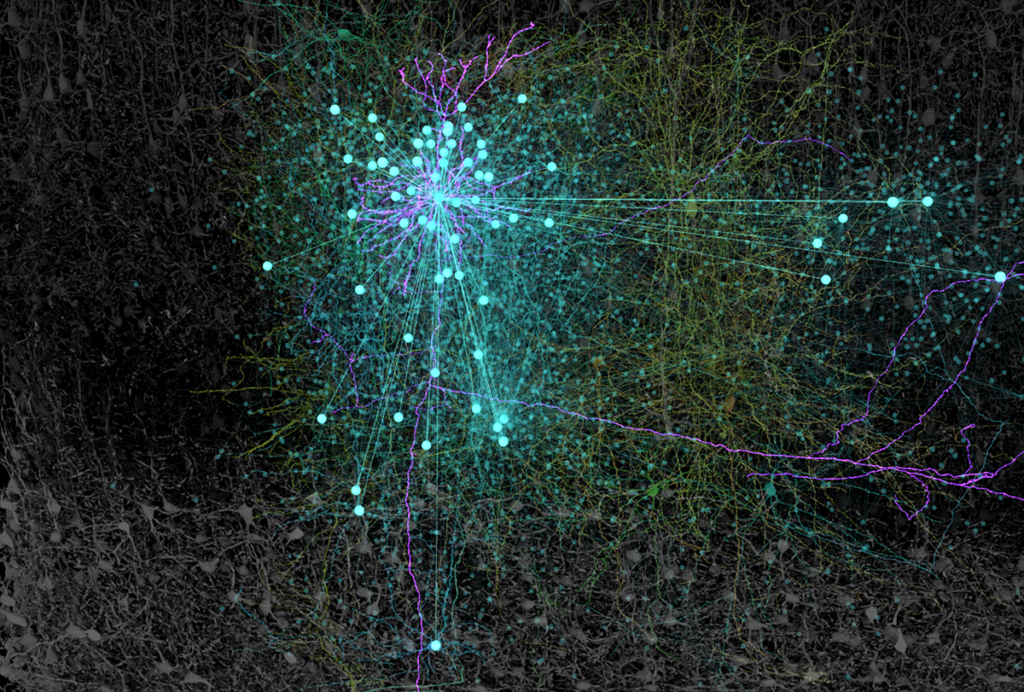
What are recurrent networks doing in the brain?
The cortex is filled with excitatory local synapses, but we know little about their role in brain function. New experimental tools, along with ideas from artificial intelligence, are poised to change that.
NeuroAI: A field born from the symbiosis between neuroscience, AI
As the history of this nascent discipline reveals, neuroscience has inspired advances in artificial intelligence, and AI has provided a testing ground for models in neuroscience, accelerating progress in both fields.
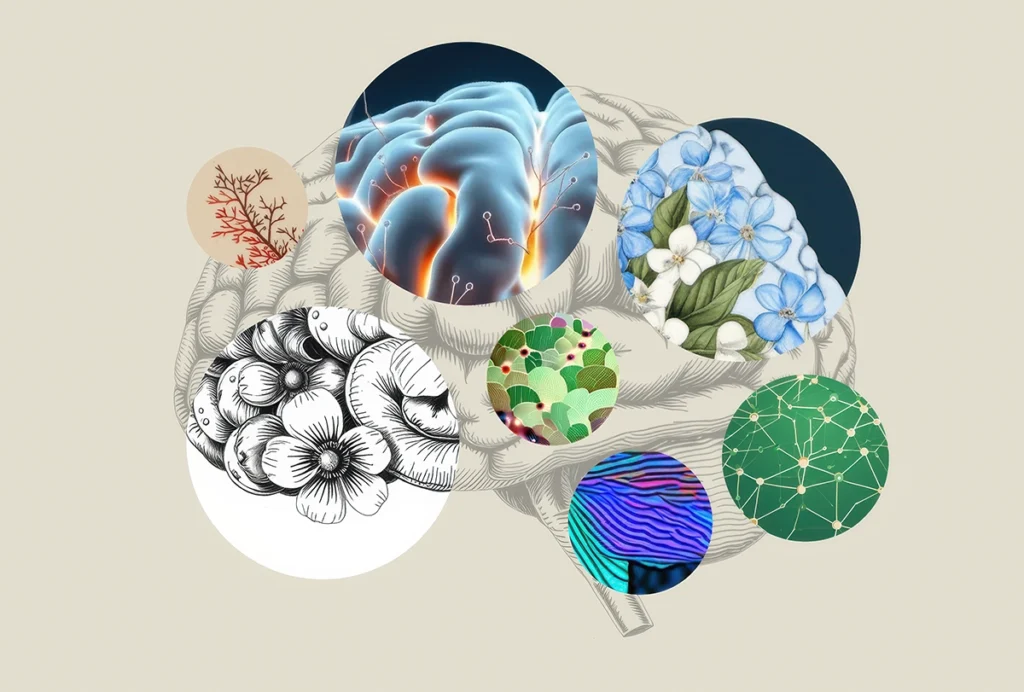
NeuroAI: A field born from the symbiosis between neuroscience, AI
As the history of this nascent discipline reveals, neuroscience has inspired advances in artificial intelligence, and AI has provided a testing ground for models in neuroscience, accelerating progress in both fields.
What the brain can teach artificial neural networks
The brain offers valuable lessons to artificial neural networks to boost their data and energy efficiency, flexibility and more.
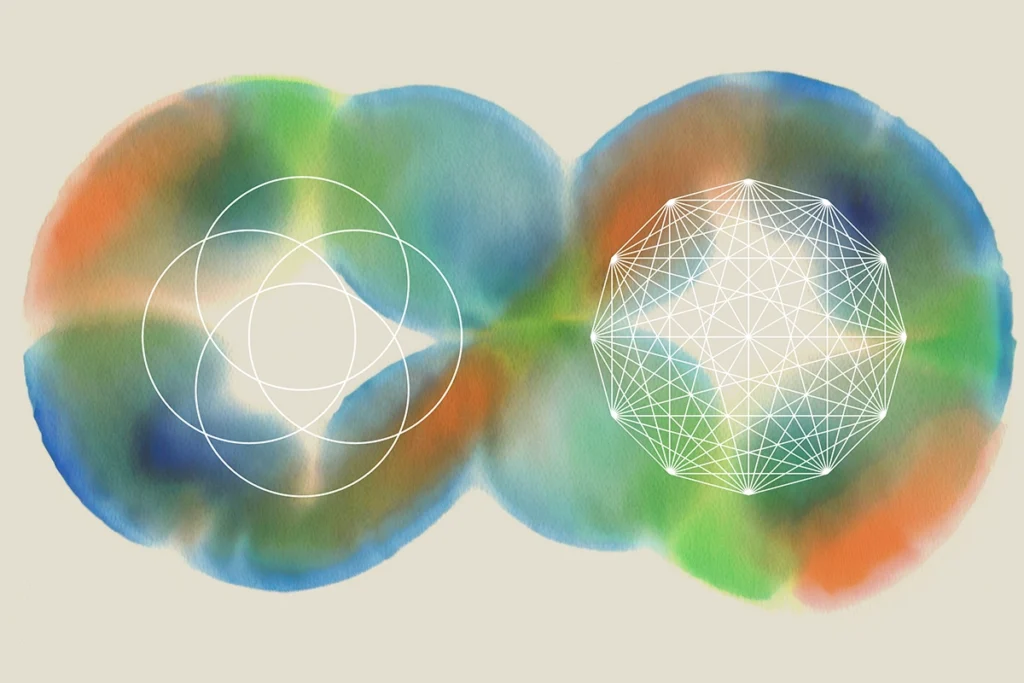
What the brain can teach artificial neural networks
The brain offers valuable lessons to artificial neural networks to boost their data and energy efficiency, flexibility and more.
Explore more from The Transmitter
The Transmitter’s most-read neuroscience book excerpts of 2025
Books by Nachum Ulanovsky, Nicole Rust, and Andrew Iwaniuk and Georg Striedter made the list of some of the year's most engaging neuroscience titles.

The Transmitter’s most-read neuroscience book excerpts of 2025
Books by Nachum Ulanovsky, Nicole Rust, and Andrew Iwaniuk and Georg Striedter made the list of some of the year's most engaging neuroscience titles.
Neuroscience’s leaders, legacies and rising stars of 2025
Here are seven stories from the past year about some of the field’s most engaging figures.

Neuroscience’s leaders, legacies and rising stars of 2025
Here are seven stories from the past year about some of the field’s most engaging figures.
The Transmitter’s top news articles of 2025
Check out some of our most-read stories, covering neuroscience funding and policy changes in the United States, and methodological issues in high-profile neuroscience papers.

The Transmitter’s top news articles of 2025
Check out some of our most-read stories, covering neuroscience funding and policy changes in the United States, and methodological issues in high-profile neuroscience papers.